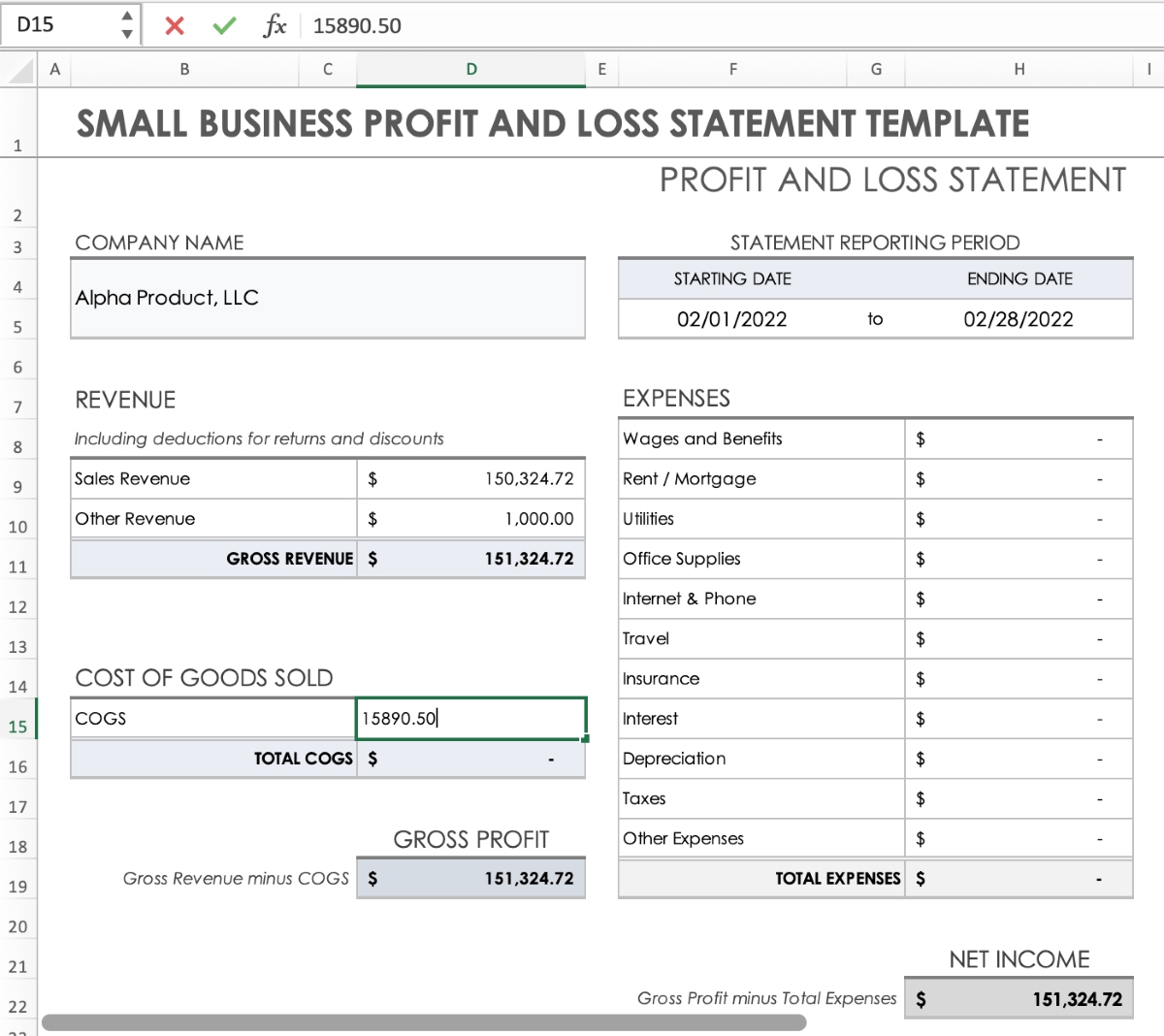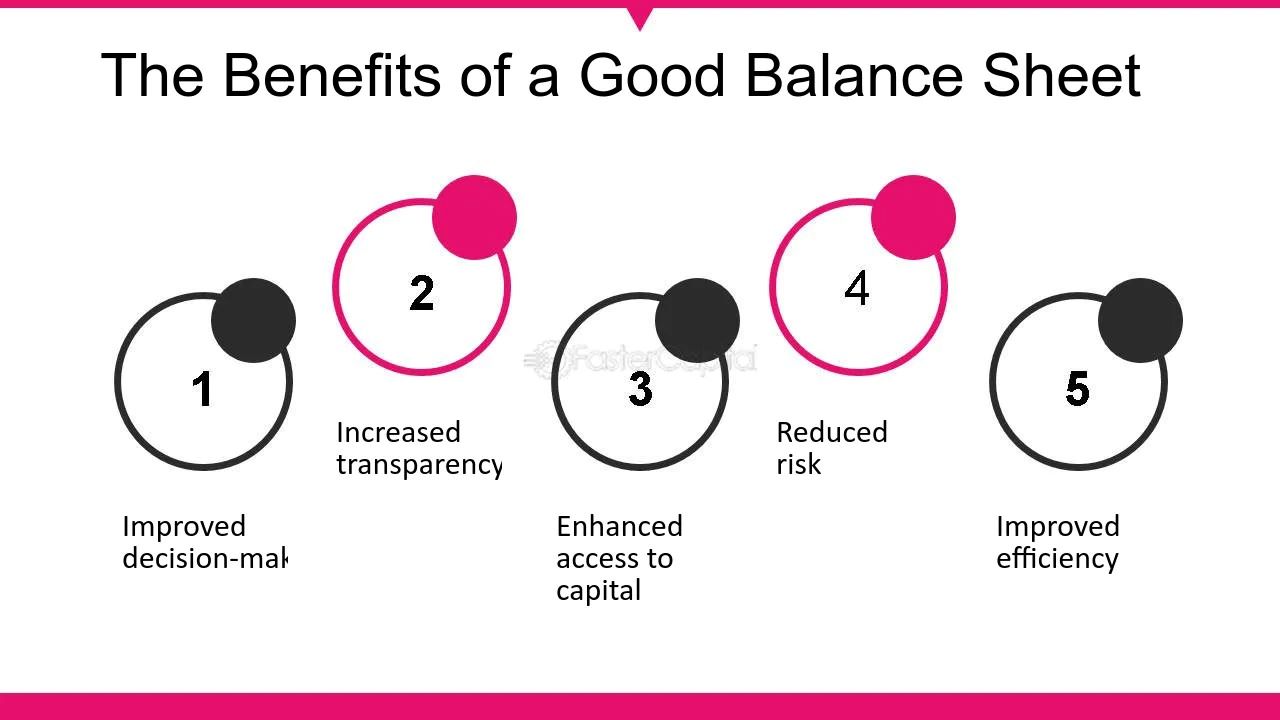

Finance
How Do Mergers And Acquisitions Affect EBITDA
Published: February 24, 2024
Learn how mergers and acquisitions impact EBITDA and understand the financial implications. Explore the effects on finance and profitability.
(Many of the links in this article redirect to a specific reviewed product. Your purchase of these products through affiliate links helps to generate commission for LiveWell, at no extra cost. Learn more)
Table of Contents
Introduction
In the dynamic landscape of finance, mergers and acquisitions (M&A) play a pivotal role in shaping the business world. These strategic moves often hold the potential to significantly impact a company's financial performance, including a key metric known as EBITDA. Understanding how mergers and acquisitions influence EBITDA is essential for investors, financial analysts, and business leaders alike.
EBITDA, or Earnings Before Interest, Taxes, Depreciation, and Amortization, is a critical measure of a company's operational performance. It provides a clearer picture of a company's profitability by excluding non-operating expenses and accounting practices, making it a valuable tool for evaluating the financial health of a business.
When companies engage in mergers or acquisitions, the impact on EBITDA can be profound. These transactions can lead to significant changes in a company's revenue, expenses, and overall financial structure, directly influencing its EBITDA. Understanding the intricacies of this relationship is crucial for assessing the true financial implications of M&A activities.
Throughout this article, we will delve into the nuances of EBITDA and explore how mergers and acquisitions can affect this essential financial metric. By examining the factors that influence EBITDA in the context of M&A, we can gain valuable insights into the broader implications of these strategic business activities. Let's embark on a journey to unravel the intricate connections between mergers, acquisitions, and EBITDA, shedding light on the multifaceted nature of financial dynamics in the corporate world.
Understanding EBITDA
Before delving into the impact of mergers and acquisitions on EBITDA, it is essential to grasp the significance of this financial metric. EBITDA, an acronym for Earnings Before Interest, Taxes, Depreciation, and Amortization, serves as a fundamental indicator of a company’s operational performance and financial health.
EBITDA is a measure of a company’s profitability that reflects its earnings from core business activities, excluding non-operating expenses and accounting practices. By disregarding the effects of interest, taxes, depreciation, and amortization, EBITDA provides a clearer view of a company’s underlying profitability and operational efficiency. This metric is particularly valuable for comparing the performance of companies with different capital structures or tax situations, as it focuses solely on operating profitability.
Investors and financial analysts often rely on EBITDA to evaluate a company’s ability to generate income from its core operations and to assess its potential for long-term success. Furthermore, EBITDA can be a useful tool for identifying trends in a company’s financial performance, making it an essential component of financial analysis and decision-making processes.
It is important to note that while EBITDA offers valuable insights into a company’s operational performance, it does have limitations. As it excludes certain expenses, such as capital expenditures and changes in working capital, EBITDA should be interpreted in conjunction with other financial metrics to gain a comprehensive understanding of a company’s financial position.
By comprehending the role of EBITDA as a key measure of operational performance and profitability, we can better appreciate its significance in the context of mergers and acquisitions. The next section will explore how M&A activities can influence EBITDA and the factors that contribute to these changes, shedding light on the intricate interplay between corporate transactions and financial performance.
Impact of Mergers and Acquisitions on EBITDA
Mergers and acquisitions have a profound impact on a company’s financial performance, and this extends to their influence on EBITDA. When companies engage in M&A activities, the resulting changes in revenue, expenses, and overall financial structure can directly affect their EBITDA. Understanding how these transactions shape EBITDA is crucial for evaluating the true financial implications of mergers and acquisitions.
One of the primary ways in which mergers and acquisitions impact EBITDA is through changes in revenue and cost structures. Merging with or acquiring another company can lead to increased revenue streams, expanded customer bases, and synergies that drive revenue growth. Conversely, it can also result in higher operating expenses, integration costs, and restructuring charges, which can impact EBITDA negatively in the short term.
Furthermore, the allocation of purchase price in an acquisition can affect EBITDA through changes in depreciation and amortization expenses. The revaluation of assets and liabilities as part of the acquisition process can lead to adjustments in depreciation and amortization, consequently influencing EBITDA figures post-acquisition. Additionally, the impact of financing activities related to the M&A transaction, such as interest expenses from additional debt, can further influence EBITDA.
It is important to recognize that the impact of mergers and acquisitions on EBITDA can vary widely based on the specific circumstances of each transaction. Factors such as the strategic rationale behind the M&A, the efficiency of post-merger integration, and the timing of synergies realization all contribute to the ultimate effect on EBITDA.
By understanding the multifaceted ways in which mergers and acquisitions can influence EBITDA, investors, financial analysts, and business leaders can gain valuable insights into the broader financial implications of these strategic activities. The subsequent section will delve into the specific factors that influence EBITDA in the context of mergers and acquisitions, providing a comprehensive understanding of the intricate dynamics at play.
Factors Influencing EBITDA in Mergers and Acquisitions
Several factors come into play when assessing the impact of mergers and acquisitions on EBITDA. Understanding these influential elements is crucial for comprehending the broader financial implications of M&A activities and their effects on a company’s operational performance.
1. Revenue Synergies: Mergers and acquisitions often aim to achieve revenue synergies by leveraging complementary strengths and expanding market reach. The combined entity may benefit from enhanced sales opportunities, cross-selling potential, and access to new customer segments, thereby driving revenue growth and positively impacting EBITDA.
2. Cost Synergies: Achieving cost synergies through M&A activities involves streamlining operations, eliminating duplicative functions, and optimizing resource allocation. While this can lead to reduced operating expenses and improved efficiency, there may be initial integration costs and restructuring charges that impact EBITDA in the short term.
3. Changes in Depreciation and Amortization: The allocation of purchase price in an acquisition can result in adjustments to the depreciation and amortization of assets, impacting EBITDA figures post-transaction. This accounting treatment can influence the overall profitability of the combined entity.
4. Financing Costs: The financing structure of mergers and acquisitions, including additional debt or changes in interest expenses, can affect EBITDA. Higher interest expenses resulting from increased debt levels can lead to a reduction in EBITDA, impacting the company’s financial performance.
5. Integration Efficiency: The effectiveness and efficiency of post-merger integration play a significant role in determining the impact on EBITDA. Smooth integration processes that realize synergies quickly and minimize disruptions can contribute to a more favorable EBITDA outcome.
6. Timing of Synergies Realization: The timing of realizing anticipated synergies from mergers and acquisitions can influence EBITDA. Delays in achieving synergies may impact the company’s financial performance, while early realization can lead to positive EBITDA effects.
By considering these factors, stakeholders can gain a comprehensive understanding of the complex interplay between mergers, acquisitions, and EBITDA. The subsequent section will explore the process of analyzing EBITDA post-merger or acquisition, providing valuable insights into evaluating the financial impact of these strategic transactions.
Analyzing EBITDA Post-Merger or Acquisition
Following a merger or acquisition, the analysis of EBITDA becomes crucial for evaluating the financial impact of the transaction and understanding the combined entity’s operational performance. This process involves assessing the changes in EBITDA resulting from the M&A activities and their broader implications for the company’s financial health.
1. Comparison to Pre-Transaction EBITDA: A fundamental step in analyzing EBITDA post-merger or acquisition is comparing the combined entity’s EBITDA to the pre-transaction EBITDA of the individual companies. This comparison provides insights into the immediate impact of the M&A activities on operational performance and profitability.
2. Identification of Synergies: Analyzing EBITDA post-transaction involves identifying and quantifying the synergies realized from the merger or acquisition. Revenue and cost synergies directly influence EBITDA, and understanding their impact is essential for assessing the long-term financial benefits of the transaction.
3. Adjustments for One-Time Costs: Post-merger or acquisition, it is crucial to make adjustments for one-time integration costs, restructuring charges, and other non-recurring expenses that impact EBITDA. By normalizing the EBITDA figures, stakeholders can gain a clearer understanding of the underlying operational performance.
4. Communication with Stakeholders: Effective communication of the analyzed EBITDA figures to stakeholders, including investors, analysts, and internal management, is essential. Providing transparent insights into the post-transaction EBITDA and the factors influencing its changes fosters trust and facilitates informed decision-making.
5. Long-Term Impact Assessment: Analyzing EBITDA post-merger or acquisition extends to assessing the long-term impact of the transaction on the company’s operational performance and financial health. This involves evaluating the sustainability of EBITDA changes and their alignment with the strategic objectives of the M&A activities.
By systematically analyzing EBITDA post-merger or acquisition, stakeholders can gain valuable insights into the financial implications of the transaction and the combined entity’s operational performance. This process facilitates informed decision-making, strategic planning, and the effective management of the post-transaction business environment.
Conclusion
The intricate relationship between mergers, acquisitions, and EBITDA underscores the profound impact of strategic business activities on a company’s financial performance. As we have explored, mergers and acquisitions can significantly influence EBITDA through changes in revenue, expenses, and the overall financial structure. Understanding the factors that shape EBITDA in the context of M&A activities is essential for evaluating the true financial implications of these transactions.
By comprehending the multifaceted ways in which mergers and acquisitions can impact EBITDA, stakeholders can gain valuable insights into the broader financial dynamics at play. Revenue and cost synergies, changes in depreciation and amortization, financing costs, integration efficiency, and the timing of synergies realization all contribute to the ultimate effect on EBITDA.
Analyzing EBITDA post-merger or acquisition further illuminates the financial impact of these transactions, involving comparisons to pre-transaction EBITDA, identification of synergies, adjustments for one-time costs, and the assessment of long-term implications. This process enables stakeholders to make informed decisions, communicate effectively with stakeholders, and navigate the post-transaction business landscape strategically.
In conclusion, the influence of mergers and acquisitions on EBITDA reflects the intricate interplay between strategic business activities and financial performance. By understanding the nuances of this relationship, stakeholders can navigate the complexities of M&A transactions, evaluate their financial impact, and drive sustainable long-term value for the combined entity. As the corporate landscape continues to evolve, the comprehension of EBITDA in the context of mergers and acquisitions remains essential for informed decision-making, financial analysis, and strategic business management.














